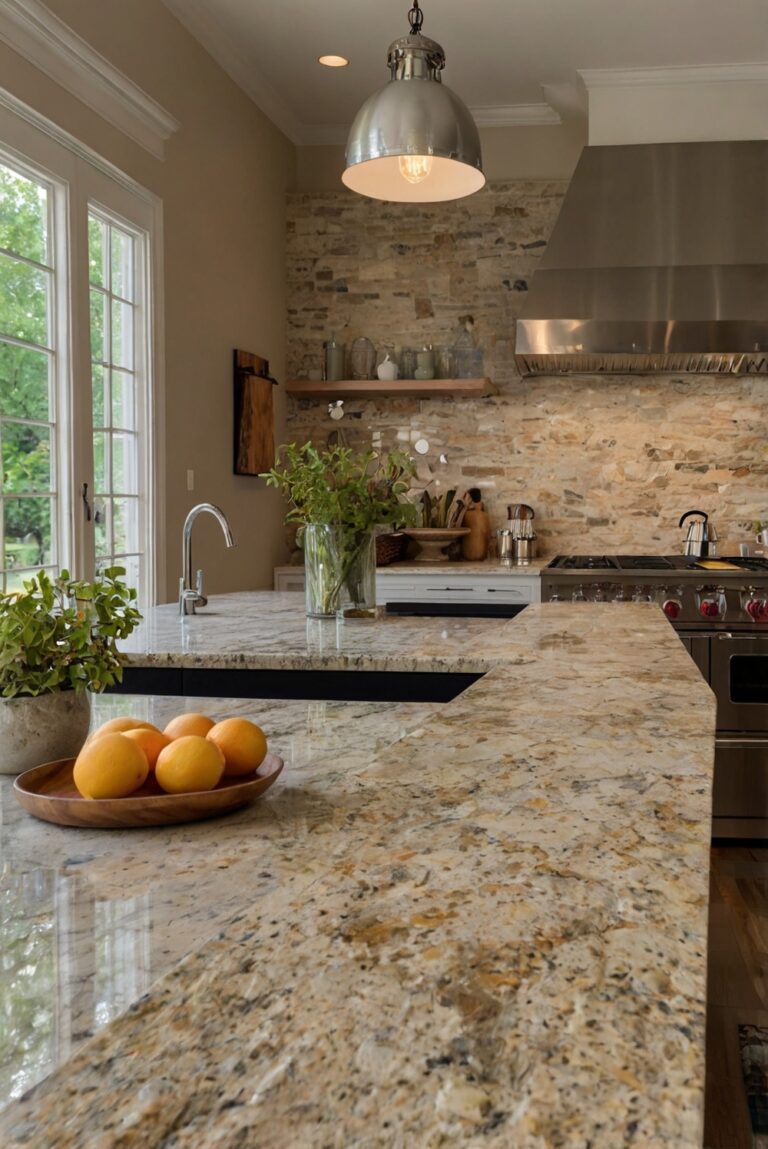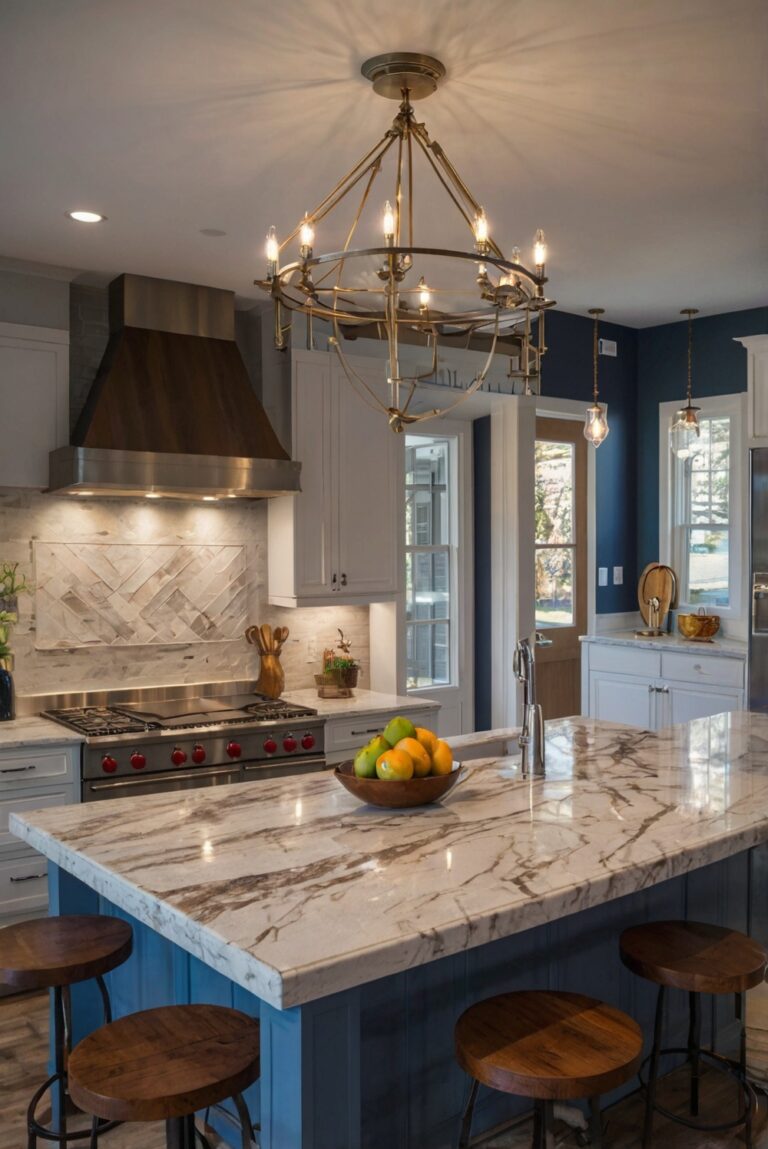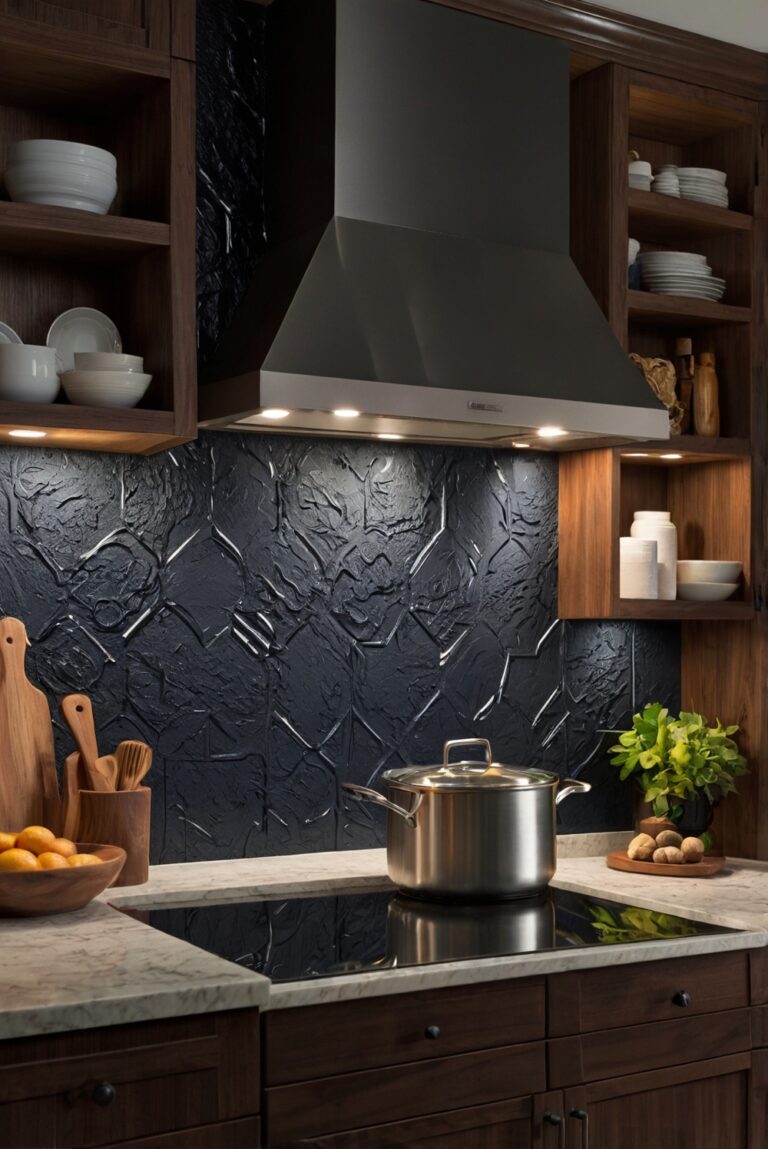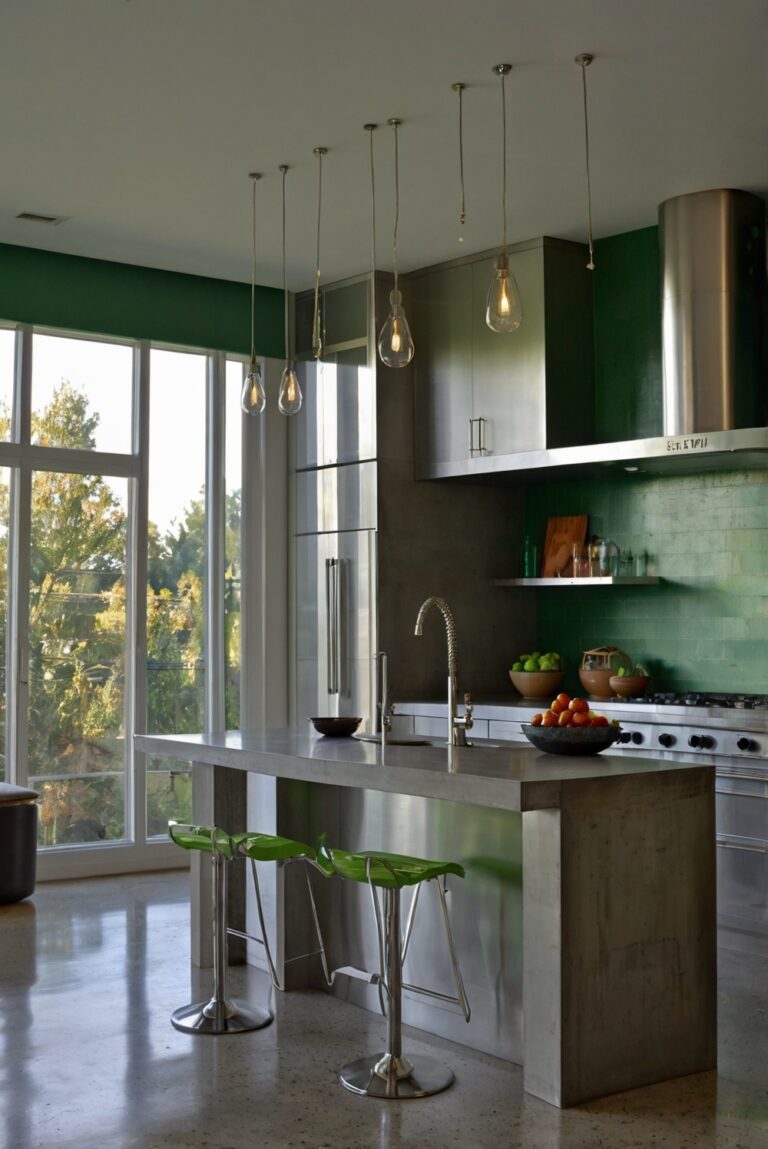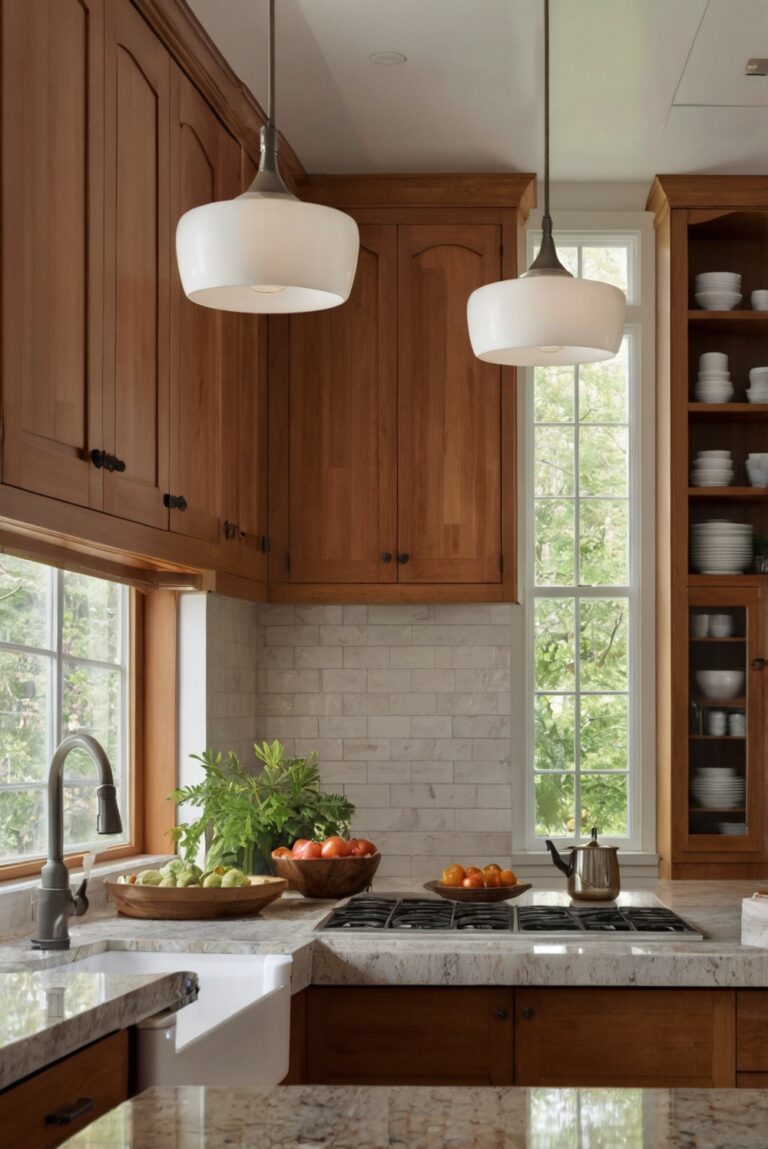What are some considerations for installing kitchen wall shelves above countertops?
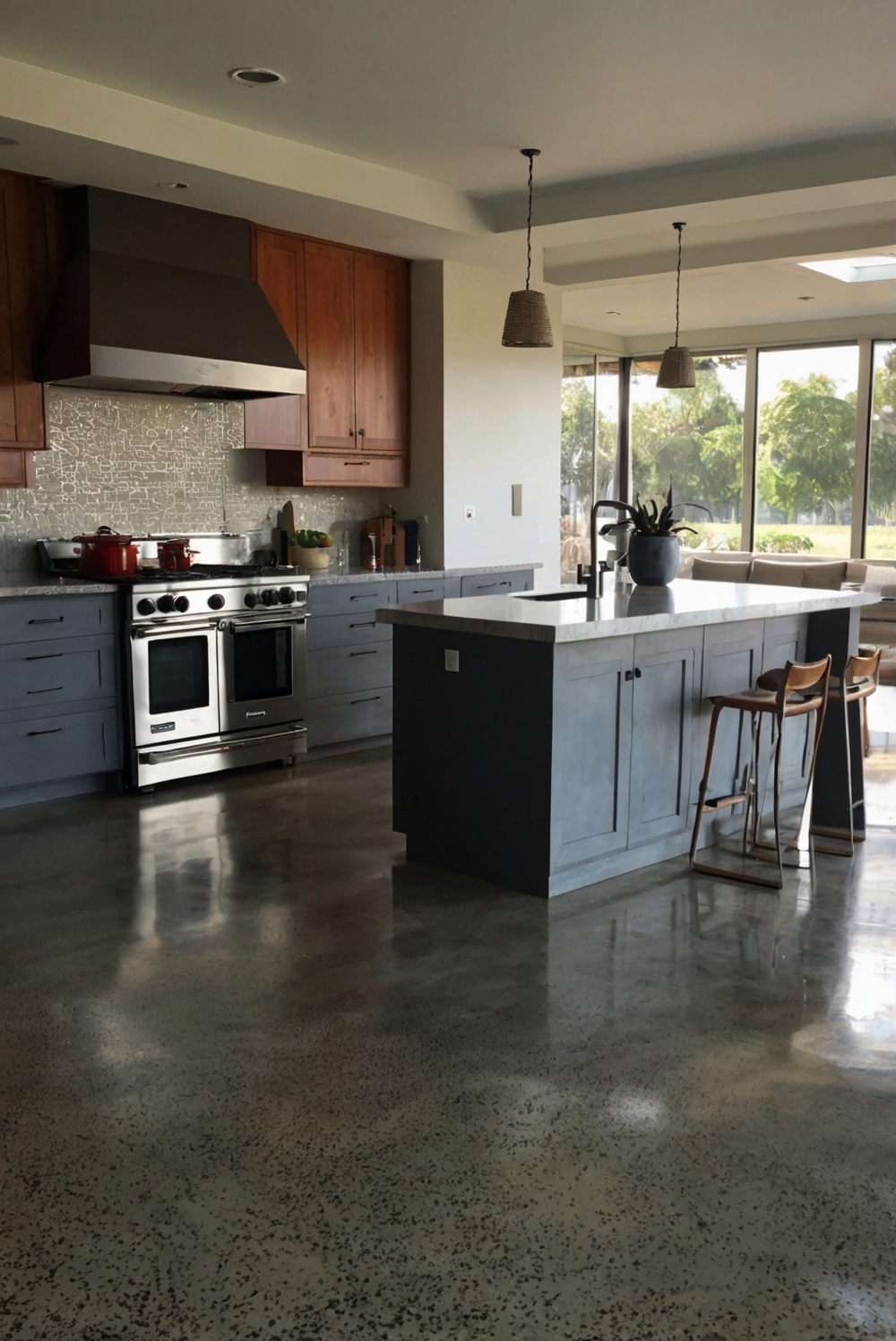
Discover expert tips for installing kitchen wall shelves above countertops. Perfect your space with functional and stylish decore in every designer’s daily routine.
**What are some considerations for installing kitchen wall shelves above countertops?**
Installing kitchen wall shelves above countertops can help maximize storage and enhance the decor of your space. However, there are a few important considerations to keep in mind:
1. **Height:** Ensure the shelves are installed at a height that is easily accessible for everyday use but not too high to cause inconvenience.
2. **Weight Capacity:** Make sure the shelves are sturdy enough to hold the items you intend to place on them without risk of collapsing.
3. **Aesthetics:** Choose shelves that complement the overall design of your kitchen and enhance the visual appeal of the space.
4. **Space Planning:** Consider the layout of your kitchen and the available wall space to determine the ideal placement for the shelves.
5. **Installation:** Follow proper installation guidelines to ensure the shelves are securely mounted to the wall and can withstand the weight of the items placed on them.
By carefully considering these factors, you can create a functional and visually appealing kitchen space with wall shelves above the countertops.
Considerations for Installing Kitchen Wall Shelves Above Countertops
1. Height and Placement
When installing kitchen wall shelves above countertops, it is crucial to consider the height and placement of the shelves. The shelves should be positioned at a height that is convenient for easy access to the items stored on them. Ideally, the bottom of the shelf should be at least 18 inches above the countertop to allow for ample space for countertop appliances and food preparation.
2. Weight-Bearing Capacity
Another important consideration is the weight-bearing capacity of the shelves. Before installing any shelves, it is essential to ensure that they are sturdy enough to hold the desired items without sagging or collapsing. Choosing shelves made of high-quality materials such as solid wood or metal can help ensure they can support the weight of dishes, cookware, and other kitchen essentials.
3. Style and Design
The style and design of the kitchen wall shelves should complement the overall aesthetic of the kitchen. Whether you opt for floating shelves, open shelving, or closed cabinets, it is essential to choose a design that enhances the visual appeal of the space. Additionally, consider the finish and color of the shelves to ensure they blend seamlessly with the existing kitchen decor.
Additional Considerations for Installing Kitchen Wall Shelves
4. Accessibility and Convenience
When installing kitchen wall shelves above countertops, it is important to prioritize accessibility and convenience. Consider placing frequently used items within easy reach to streamline your cooking and food preparation process. Organizing the shelves based on functionality can help maximize efficiency in the kitchen.
5. Lighting and Ventilation
Incorporating lighting and ventilation considerations into the installation of kitchen wall shelves can enhance both the functionality and ambiance of the space. Adding under-shelf lighting can illuminate the countertop below, making it easier to work in the kitchen. Additionally, ensuring adequate space between the shelves and the backsplash can promote proper ventilation and prevent moisture buildup.
In conclusion, when installing kitchen wall shelves above countertops, it is essential to consider factors such as height, weight-bearing capacity, style, accessibility, lighting, and ventilation. By taking these considerations into account, you can create a functional and visually appealing storage solution that enhances the efficiency and aesthetics of your kitchen.
1. How high should kitchen wall shelves be installed above countertops?
When installing kitchen wall shelves above countertops, it is important to consider the height at which they are placed. Typically, shelves should be installed at a height that allows easy access to items while cooking or preparing meals. A common recommendation is to install the shelves around 18-24 inches above the countertop. This height ensures that the shelves are within reach but also do not obstruct your workspace.
Additionally, consider the height of the items you plan to store on the shelves. If you have tall items like jars or bottles, you may need to adjust the shelf height accordingly to accommodate them.
Overall, the ideal height for kitchen wall shelves above countertops is a balance between accessibility and functionality.
2. What materials are best for kitchen wall shelves above countertops?
When choosing materials for kitchen wall shelves above countertops, it is important to consider durability and style. Some popular options for kitchen wall shelves include wood, metal, and glass.
Wooden shelves are a classic choice that adds warmth and character to the kitchen. They can be stained or painted to match your kitchen decor and are sturdy enough to hold heavy items.
Metal shelves are a modern option that provides a sleek and industrial look. They are durable and easy to clean, making them ideal for busy kitchens.
Glass shelves are a stylish choice that adds a touch of elegance to the kitchen. They create a sense of openness and can make smaller kitchens appear larger. However, glass shelves may require more maintenance to keep them clean and free of smudges.
Ultimately, the best material for kitchen wall shelves above countertops depends on your personal style preferences and the overall aesthetic of your kitchen.
3. How do I determine the size of kitchen wall shelves above countertops?
When determining the size of kitchen wall shelves above countertops, it is important to consider the available space, the items you plan to store, and the overall design of your kitchen.
Start by measuring the wall space where you intend to install the shelves. Consider the length and depth of the shelves based on the size of the wall and the amount of storage space you need.
Next, think about the items you will be storing on the shelves. If you have large or bulky items, you may need deeper shelves to accommodate them. Additionally, consider the spacing between shelves to ensure that there is enough room for taller items.
Finally, take into account the design of your kitchen. Choose shelf sizes that complement the style of your kitchen and enhance its overall aesthetic.
By carefully considering these factors, you can determine the ideal size for kitchen wall shelves above countertops that meet your storage needs and enhance the look of your kitchen.
4. What are some design tips for installing kitchen wall shelves above countertops?
When installing kitchen wall shelves above countertops, there are several design tips to keep in mind to create a functional and visually appealing space.
– Mix and match shelf sizes: Consider using a combination of different shelf sizes to create visual interest and accommodate various items.
– Add lighting: Install under-shelf lighting to illuminate the countertops and create a warm ambiance in the kitchen.
– Incorporate decorative elements: Display plants, artwork, or decorative items on the shelves to add personality and style to the space.
– Consider open shelving: Open shelves can make the kitchen feel more open and airy while providing easy access to items.
– Coordinate with countertop materials: Choose shelf materials and finishes that complement the countertops for a cohesive look.
By incorporating these design tips, you can create a stylish and functional kitchen space with wall shelves that enhance the overall aesthetics of the room.
5. How can I ensure the safety and stability of kitchen wall shelves above countertops?
Ensuring the safety and stability of kitchen wall shelves above countertops is essential to prevent accidents and damage to your kitchen items.
Here are some tips to help you ensure the safety and stability of your kitchen wall shelves:
– Use sturdy brackets: Choose high-quality brackets that can support the weight of the shelves and items placed on them.
– Secure shelves to wall studs: Install shelves directly into wall studs for added stability and to prevent them from pulling away from the wall.
– Distribute weight evenly: Distribute heavy items evenly across the shelves to prevent them from tipping over.
– Consider weight capacity: Make sure the shelves you choose can support the weight of the items you plan to store on them.
– Regularly check for signs of wear: Inspect the shelves and brackets regularly for any signs of wear or damage and make repairs as needed.
By following these tips, you can ensure that your kitchen wall shelves above countertops are safe, stable, and functional for everyday use.

